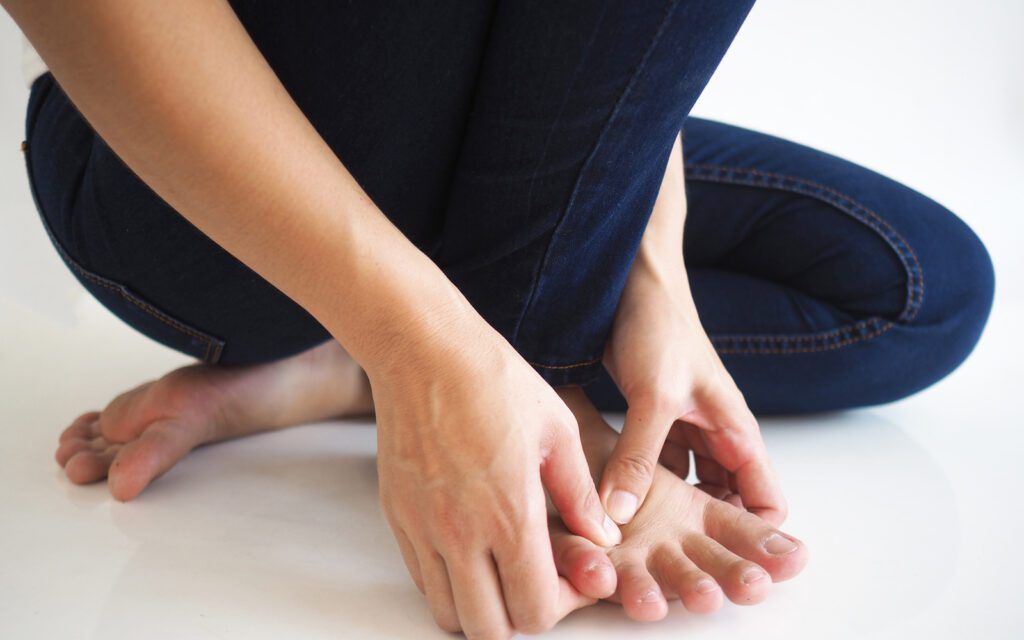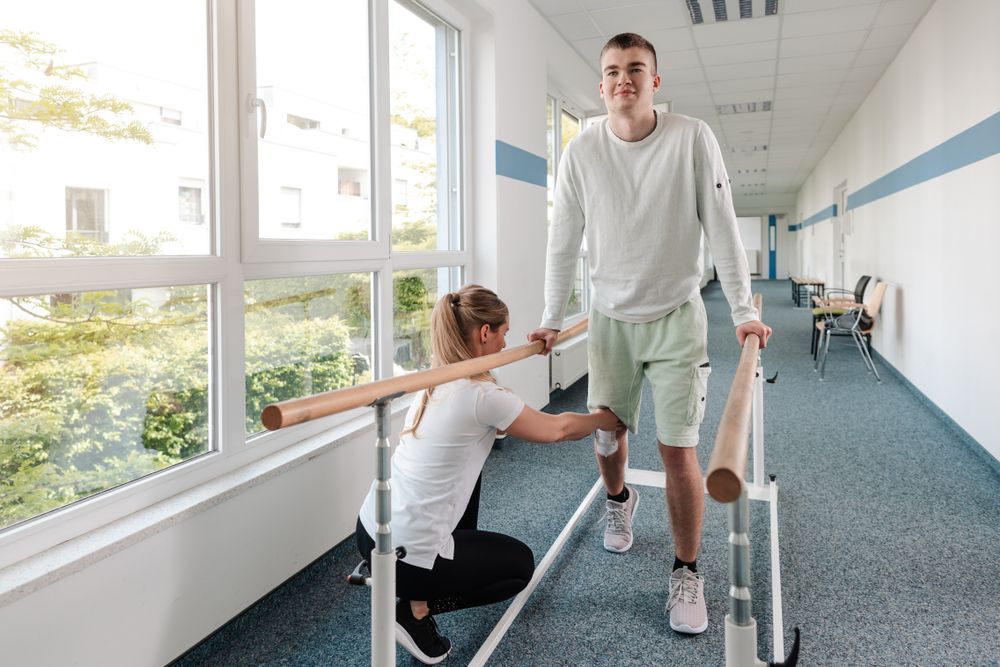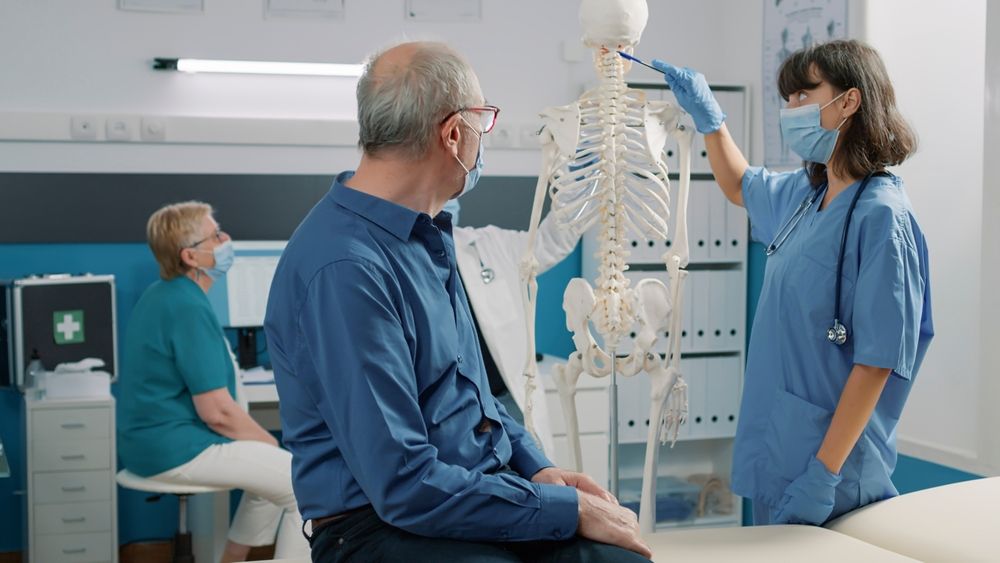Those who stay active and on their feet know how debilitating even a minor pain the ankle can be. Those who have rolled their ankle and caused a sprain know how much worse it is when it can’t hold weight at all. A sprain occurs when the ligaments supporting your ankle get excessively stretched. While made of incredibly durable and flexible materials, even they have limits to the amount of abuse they can take.
How Every Sprain Can Make It Easier To Get Another
Each time you overstretch a ligament, you place yourself at risk of getting a sprain. Even if you don’t immediately sprain your ankle, you may be causing micro-damage to the ligament. These small breaks and tears add up over time, making a sprain more likely. Over time you may even discover that you’ve developed a tendency to sprain your ankle as the ligament is damaged. While ligaments can heal and help you avoid future sprains, care and time are needed to do so successfully. As an injured ligament can alter the way you walk, it can cause additional wear on the rear of the foot and the ankle itself while it heals.
Those who make staying active a central part of their lives know how serious the risk of recurrent ankle sprains can be. Tennis, running, hiking, rock climbing, and other sports put a lot of pressure on the ankle. The twisting, bending, and impacts caused by climbing, jumping, and twisting make injury to the ankle likely. While a sprain can occur on either the inside or outside of the joint, it’s the exterior or lateral aspect that’s most likely to become injured. Ligaments take a lot of time to heal, often up to 12 weeks. More time can be necessary if your health isn’t the best.
Avoiding Recurrent Sprains
Wear The Right Footwear
There are special types of footwear specifically designed for active lifestyles. Basketball shoes, for instance, are specifically designed to provide additional support to your ankles. Hiking shoes do this as well, but also have an arch support to protect you on rough terrain. When you’re planning an activity, be sure to check what kind of terrain you’ll be on. Rough pavement, gravel, sand, and uneven trails can all pose a risk to your ankle.
Strengthen The Right Muscles
Your entire body is an integrated system, and strengthening the muscles can help you weather the impact of exercise better. The hamstrings and legs need strengthening in particular, but the core muscles also play a supporting role. Strengthening both of these areas will provide support and proper alignment, important parts of preventing sprains.
Contact Your Joint Specialist To Learn More
If you want to find out other methods of protecting yourself from ankle sprains, speak to your joint specialist. These experts focus on the function of your joints and how best to go about protecting and treating them. You can schedule a consultation and assessment today. During your visit, they’ll discuss your lifestyle, current health issues, and methods to prevent sprains and other forms of injury.











